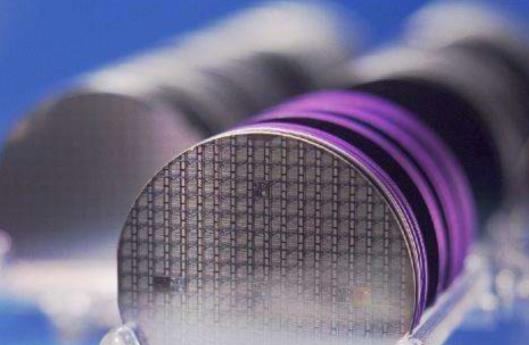The U.S. Department of Commerce announced new export controls on Russia Thursday, saying semiconductors, computers, telecommunications, information security equipment, lasers and sensors will be subject to the new ban. In addition, 49 Russian military very end users were added to the control list.
The department said the European Union, Japan, Australia, the United Kingdom, Canada and New Zealand will take similar measures, and more countries are expected to join. Biden warned that this is the first batch of “sanctions” and that the government will step up its response based on Russia’s next move.
In response, the SIA issued a statement.

“The U.S. semiconductor industry is fully committed to complying with the new export control rules announced today in response to the deeply troubling events in Ukraine. We are still reviewing the new rules to determine their impact on our industry.
According to the World Semiconductor Trade Statistics (WSTS) organization, while the impact of the new rules on Russia may be significant, Russia is not a significant direct consumer of semiconductors, accounting for less than 0.1 percent of world chip purchases. According to IDC data for 2021, the Russian pan-ICT market totals only about $50.3 billion out of a $4.47 trillion world market.
In addition, the semiconductor industry has a diverse range of key material and gas suppliers, so we do not see an immediate risk of supply disruption in Russia and Ukraine. “
Jimmy Goodrich, vice president of SIA, will attend the “2022 China ICling Sleeve Summit” at the same time as the IIC Shanghai International IC Exhibition and Conference to deliver a speech on “World Semiconductor Industry Outlook and Supply Chain Collaboration for Win-Win”.
According to “International Electronics Business”, Russia and Ukraine are both suppliers of components used in semiconductor manufacturing.
Russia is a major producer of palladium, accounting for 45% of the world’s palladium production. Palladium is essential for memory and sensor chips. It also produces several other key raw materials for computer chips, including scandium, a rare earth metal.
Ukraine is a major exporter of neon gas, accounting for 70% of the world’s neon production. It is a highly purified gas used in a very important process – etching circuit designs onto silicon wafers to make chips.
In addition to possible supply disruptions, the price of inert gases is bound to climb significantly. There are previous examples of similar situations, with the price of noble gases soaring 20-fold to $25,000 for 50 liters during the Ukraine crisis in 2014 and 2015. The price of palladium has also risen by as much as 52% since December last year, and further growth is likely to follow in the future.
International Electronics Business expects that the war between Russia and Ukraine will put pressure on the semiconductor industry, leading to manufacturing restrictions resulting in supply shortages and higher semiconductor prices. So whether the semiconductor shortage can be solved in 2022 is still a variable.

